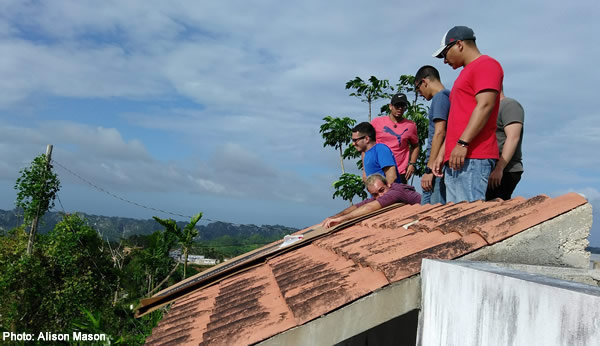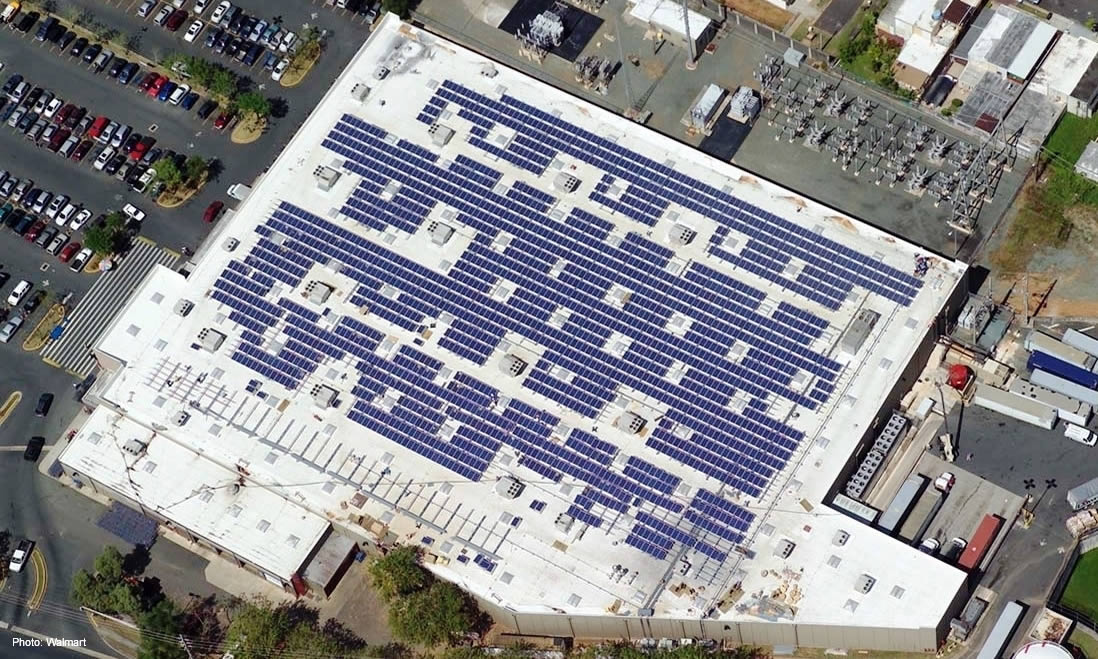It’s time for another hurricane season to begin and yet, on the island of Puerto Rico, people are still rebuilding from the devastation wrought by Hurricane Maria in 2017.
It has been nearly two years since Maria destroyed the island’s electric grid and left its people without power, some for months and others permanently. During that time there has been a shift in the way people in Puerto Rico think about electric power. Gone is the notion that everyone should rely on a monopoly utility that generates electricity and distributes it around the island via transmission lines. Now, many residents don’t trust that Puerto Rico’s Electric Power Authority (PREPA), which has been plagued by mismanagement and staggering debt for decades, can supply them with electricity.

In the wake of Maria, there has been a boom in the construction of small hybrid renewable systems as many residents and local communities plan to generate their own electricity. According to the latest research by Wood Mackenzie, investment in the Puerto Rican microgrid market is soon expected to top $400 million, more than doubling by the end of 2024. According to lead author Isaac Maze-Rothstein, microgrid installations on the island have already surged to 26 projects with 86 MW of generation capacity, making the island territory equivalent to the 14th largest state microgrid market in the United States.
Meanwhile, island political leaders, energy executives and legions of well-meaning advisers from the U.S. mainland have been debating how Puerto Rica’s electricity system should be rebuilt. Everyone recognizes that it’s an opportunity to start from scratch, and design with the future in mind.

Even PREPA has changed its perspective and recently announced a division of the island into eight mini grids, each with its own power generation resources. The mini grids are part of a larger PREPA plan to rebuild the power grid into a system that will be more resilient when inevitable future hurricanes batter the island again. Another big change is more reliance on renewable energy. PREPA had been a huge consumer of diesel fuel – exorbitantly expensive because of shipping costs. Now the utility – and many of the island’s energy self-sufficient residents – will take advantage of Puerto Rico’s ample solar and wind resources to provide electric power.
However, PREPA still plans substantial investments in natural gas generation, and that has Puerto Rican renewable energy advocates concerned: Will PREPA move quickly enough to transition to a renewable economy?
Meanwhile, new laws and regulations will facilitate the development of more innovative energy solutions like microgrids, and mandate diversification of the island’s energy portfolio to add more renewables. The most important legislation calls for the island to get half its power from renewable energy by 2035 and be 100 percent renewable by 2050.
Given the uncertainties inherent in the long recovery from the hurricane and in the process of designing a new energy system for Puerto Rico, some utility customers have taken their energy future into their own hands. According to Maze-Rothstein, some commercial customers were disconnected for so long that they invested in their own distributed energy solutions. Now they may be reluctant to reconnect to the PREPA grid, even when it is repaired.
As Puerto Rico continues to rebuild itself after the devastation of Hurricane Maria, it will be fascinating to see how 21st century energy infrastructure can develop on an island – virtually from scratch – and how the political, financial and technical dynamics will influence the ultimate result.
Don’t miss the opportunity to learn about how microgrids are creating new energy opportunities for Puerto Rico at the HOMER International Microgrid Conference, October 6-9, Cambridge, MA.
Keynote Speaker: Elaine Ulrich, U.S. Department of Energy, “Puerto Rico’s Energy Transition: Building Resilience with Microgrids”
Case Studies: How Microgrids are Building a Sustainable Puerto Rico
- Eugene Smotkin, NuVant Systems Inc, Northeastern University, Mini Grids in Puerto Rico Using Repurposed NiMH Batteries
- Isaac Maze-Rothstein, Wood MacKenzie, The Future of Puerto Rico’s Microgrids
- Kyle Bolger,Blue Planet Energy, Resilient Practices in Puerto Rico
Join us at the Virtual 8th Annual HOMER International Microgrid Conference, October 12-16, 2020.
Please share news of the HOMER International Microgrid Conference on social media: #HIMC2019

